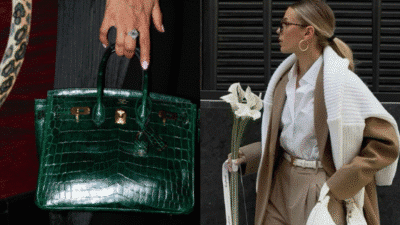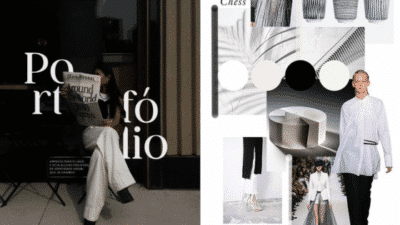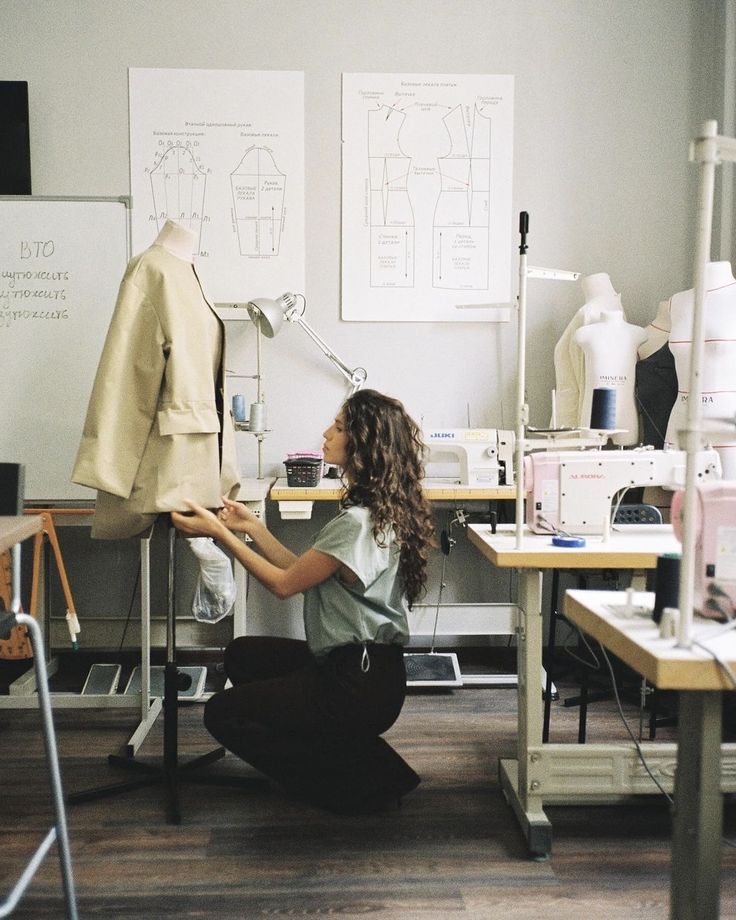
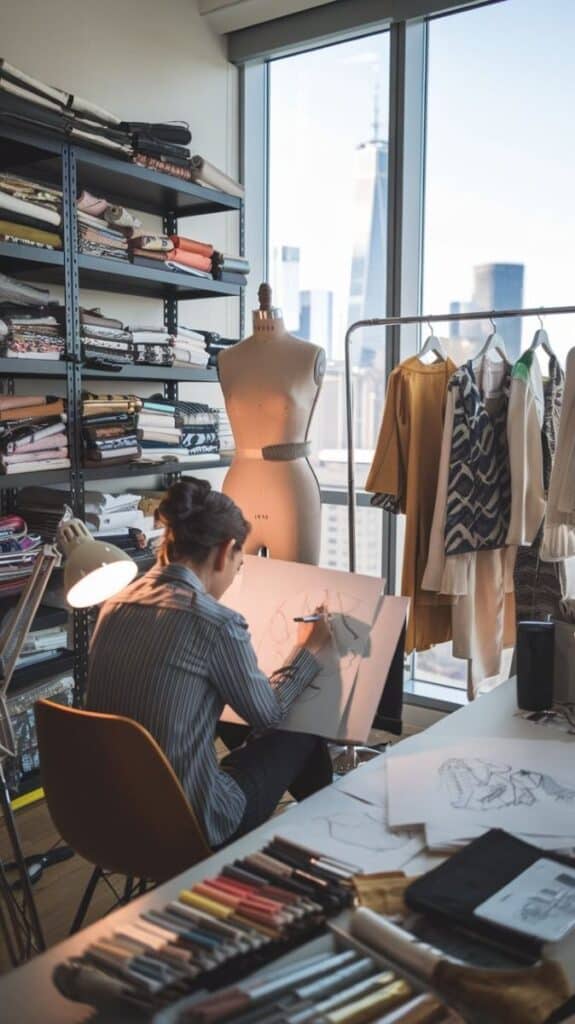
A fashion stylist helps people choose clothing and accessories to create the best look for any occasion. They work with clients, brands, or media to make sure the style fits the person’s image and the event. This career is both creative and practical, combining an eye for fashion with strong communication skills.
A stylist’s job may include shopping, planning outfits, and working with photographers or designers. They must keep up with the latest trends and understand what suits different body types and personalities. This role offers many paths, from working with celebrities to styling for magazines or everyday clients.
Success in this field means building a strong network, learning about fashion deeply, and staying adaptable. It is a fast-paced career but rewarding for those who enjoy creativity and working with people.
Key Takeaways
- A fashion stylist creates looks that match the client’s needs and image.
- Keeping up with trends and knowing fashion details is important.
- Networking and strong communication skills help build a fashion styling career.
What Is a Fashion Stylist?
A fashion stylist creates looks by selecting clothing and accessories for people or photo shoots. They work with different clients and settings, tailoring styles to fit specific needs. Their job involves creativity, organization, and knowing current fashion trends.
Roles and Responsibilities

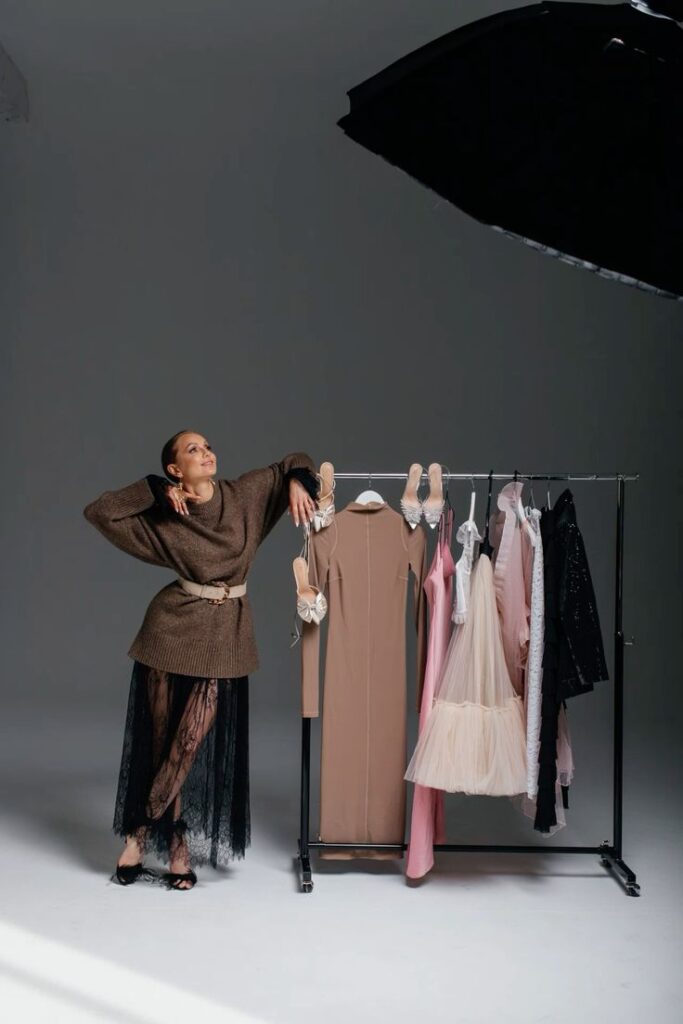
Fashion stylists pick outfits based on the client’s body shape, personality, and the event or purpose. They choose clothes, shoes, accessories, and sometimes makeup or hair ideas to complete a look. Stylists work closely with photographers, designers, and clients to make sure everything fits well together.
They also stay updated on fashion trends, attend shows, and shop for pieces to build a wardrobe. Sometimes, they manage budgets and keep track of clothing used for projects. Their work requires good communication and problem-solving skills.
Work Environments

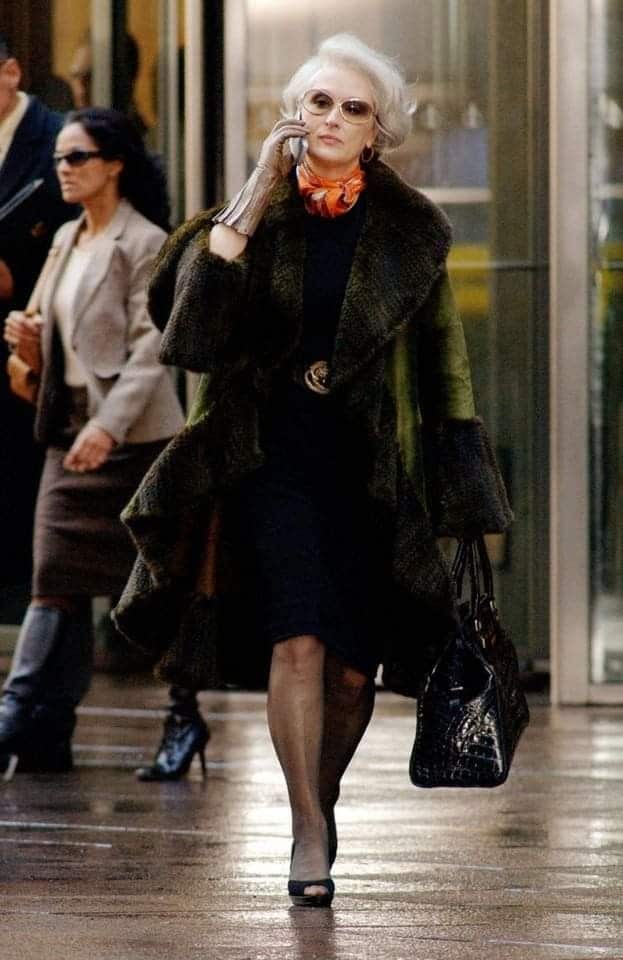
Fashion stylists work in many places, like fashion magazines, TV studios, movie sets, or personal client homes. They can be part of a team or work on freelance projects independently. Work hours may change depending on deadlines or events.
The job often involves travel to photo shoots, stores, and fashion events. They spend time indoors and outdoors, sometimes handling busy or fast-paced settings. Remote work is rare since they need hands-on involvement with clothes and styling.
Types of Fashion Stylists

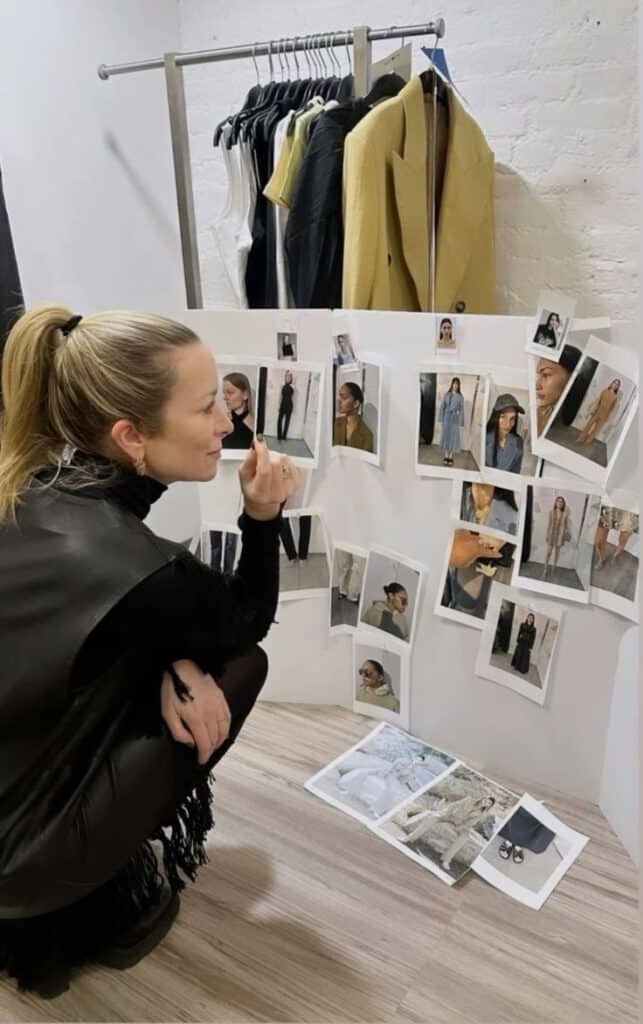
There are various types of fashion stylists, each focusing on different areas. Editorial stylists create looks for magazines and ads. Personal stylists help individuals improve their everyday wardrobe. Celebrity stylists dress public figures for events or appearances.
Other specializations include commercial stylists who work on advertisements and wardrobe stylists who manage clothing for movies or TV shows. Each type requires specific skills but shares a core understanding of fashion and styling.
Skills and Qualifications
A fashion stylist needs a mix of creative, technical, and communication skills to succeed. They also usually require some formal education or training to build a strong foundation. Certain certificates can help boost their career and show professionalism.
Essential Skills
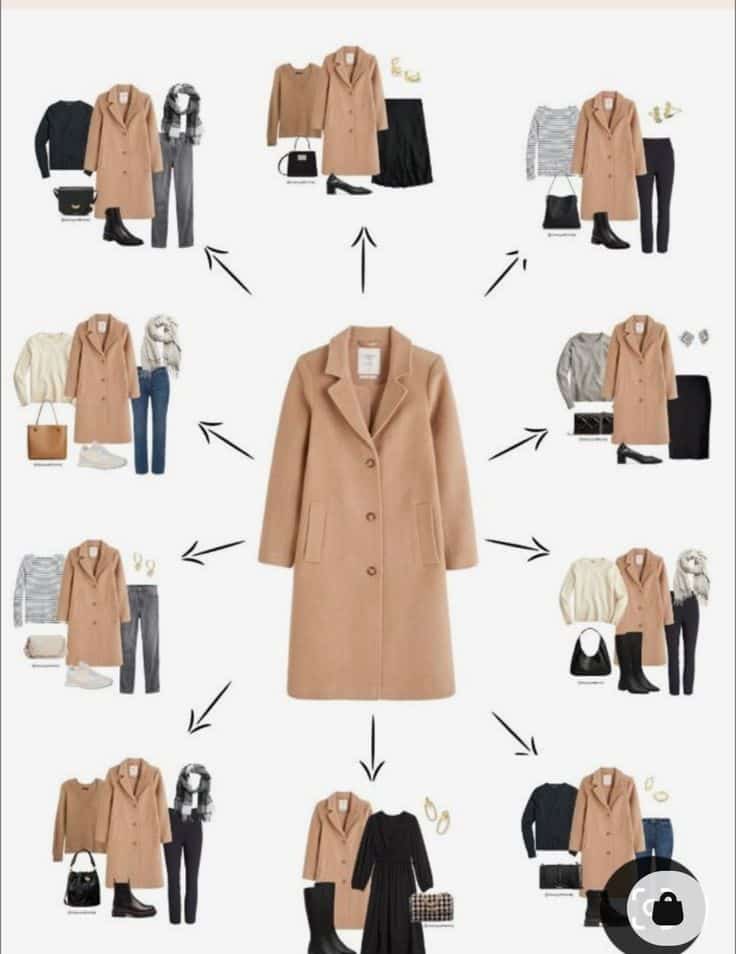
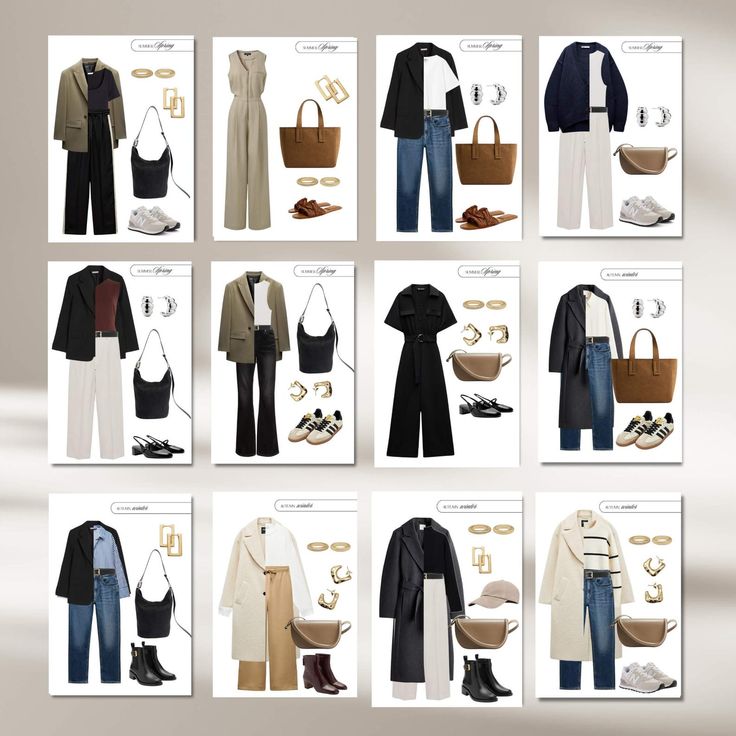
A fashion stylist must have a keen eye for detail and color. They must understand body shapes, textures, and current trends to choose clothes that fit well and look good.
Communication is important. Stylists work with clients, designers, and photographers, so they need to explain ideas clearly and listen carefully. Organization skills help them manage schedules, budgets, and multiple projects at once.
Creativity drives a stylist’s work. They should be able to mix and match clothing, create new looks, and solve unexpected problems quickly.
Educational Requirements
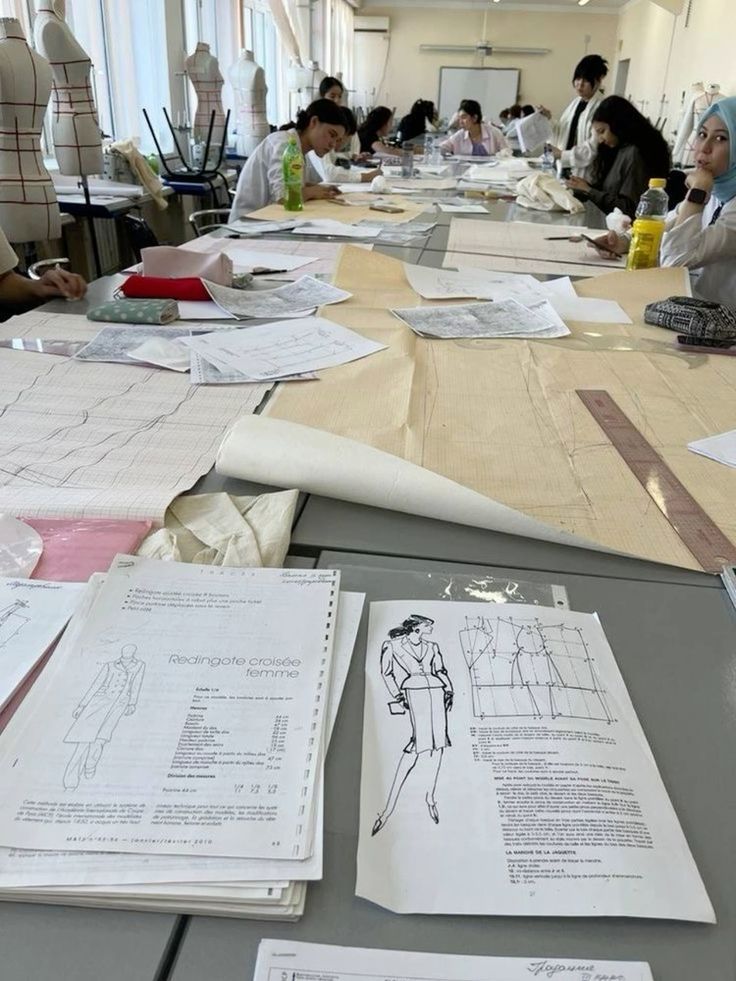

Most fashion stylists have at least a high school diploma. Many attend fashion schools or colleges that offer programs in styling, fashion design, or merchandising.
Courses often cover color theory, fabric types, and fashion history. Learning photo shoot techniques and digital tools like Photoshop can be useful.
Education can vary but having some related training improves job prospects. Internships or assistant roles are common ways to gain on-the-job experience while learning.
Certifications and Training
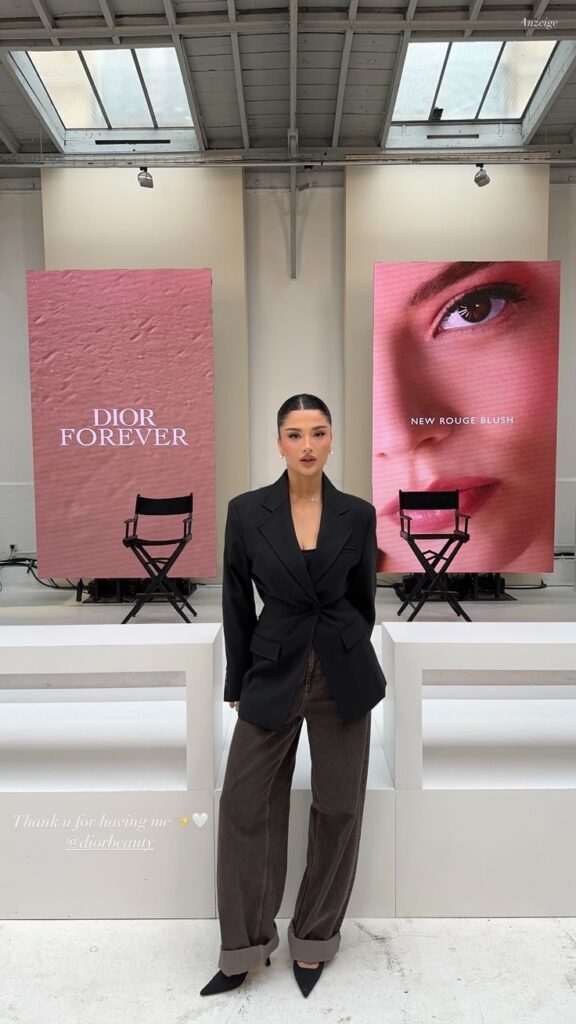

Certifications are not always required but can add value. For example, the Association of Image Consultants International offers credentials that show expertise in personal styling.
Workshops on makeup, wardrobe consulting, or digital styling tools can also help. Training in business skills like marketing or client management is useful for freelancers.
Continuing education helps stylists stay updated with changing fashion trends and technology. This ongoing learning supports professional growth and credibility.
Building a Career as a Fashion Stylist
Starting a career as a fashion stylist takes more than just a love for clothes. It requires hands-on experience, a strong portfolio that shows your skills, and connections with people in the fashion world.
Gaining Experience

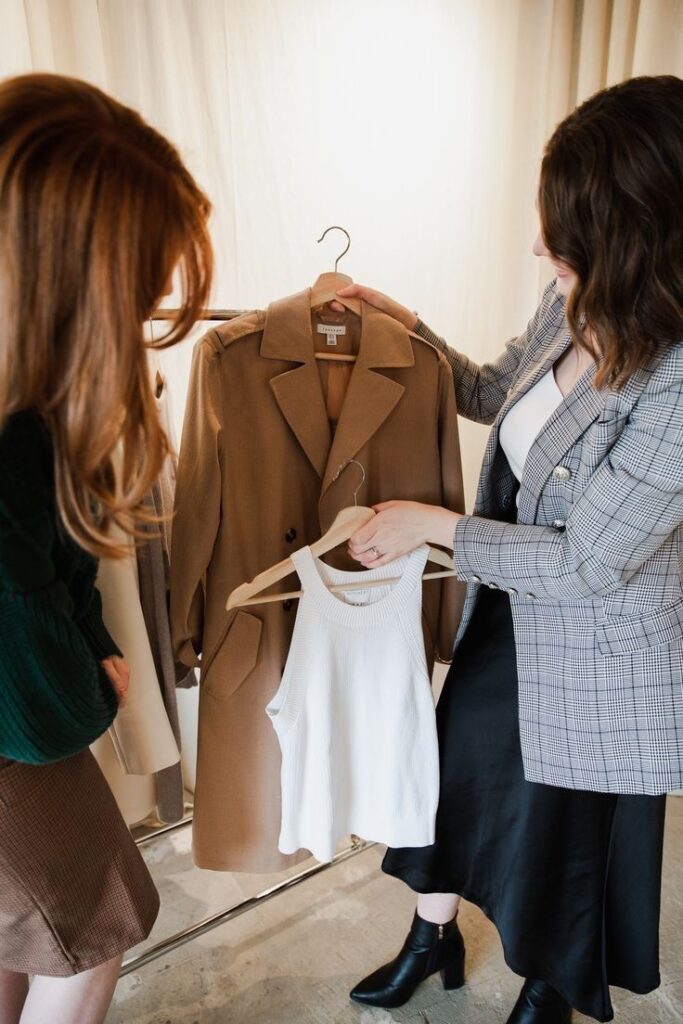
Most fashion stylists begin by assisting experienced professionals. This helps them learn how to work with clients, choose clothing that fits the style, and manage photoshoots. Entry-level jobs might include working at fashion stores or helping on set during fashion shoots.
Internships are valuable. They provide real-world experience and a chance to observe industry work closely. Freelance opportunities, like styling for local events or shoots, also build skills and confidence. Practicing with friends or personal projects can keep skills sharp.
Portfolio Development

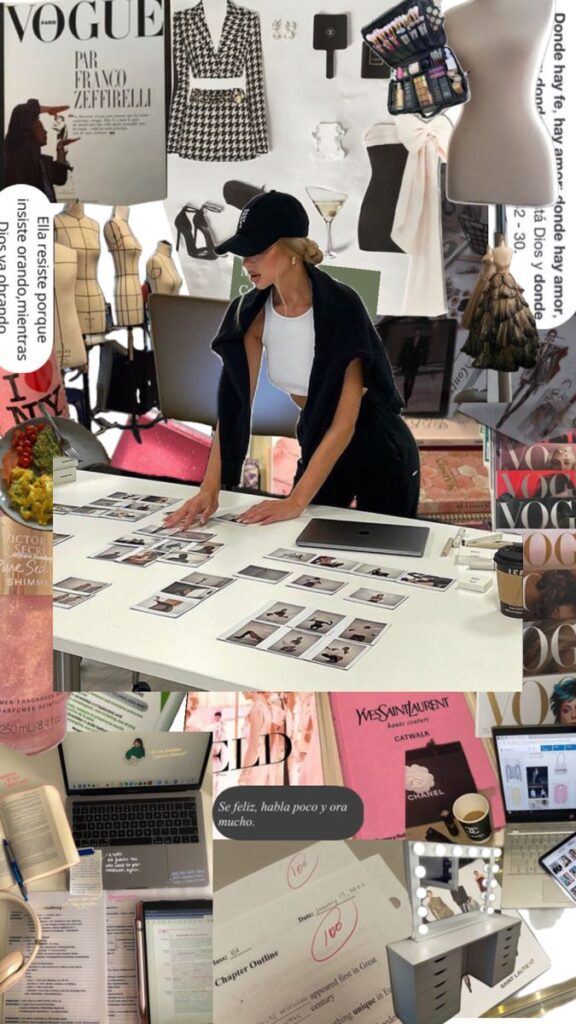
A fashion stylist’s portfolio must highlight a variety of looks and styles. It should include high-quality photos from photoshoots, fashion shows, or styled work. The portfolio shows creativity, attention to detail, and ability to dress different body types.
Organizing the portfolio digitally is helpful. Many stylists use websites or social media to display their work. Keeping the portfolio updated with recent projects improves chances to attract clients and employers.
Networking in the Industry
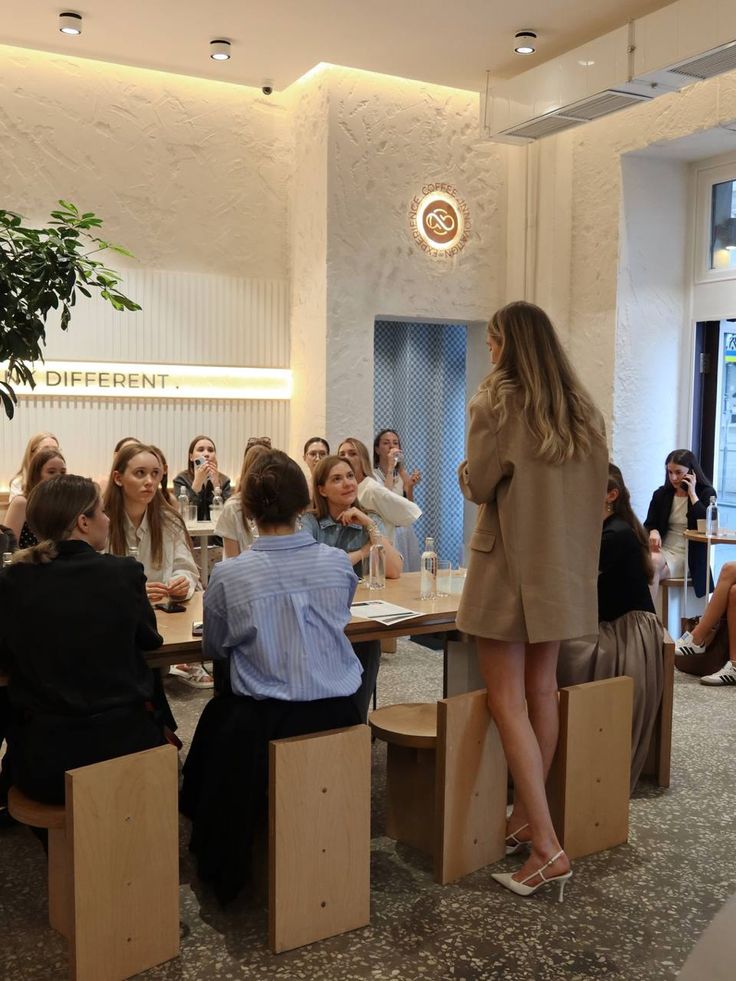

Building relationships is key in fashion. Stylists connect with designers, photographers, makeup artists, and models. Attending fashion events, trade shows, and shows opens doors to new contacts.
Joining professional groups and online communities helps to meet industry insiders. Effective networking can lead to referrals, collaborations, and job offers. Staying professional and reliable strengthens these connections over time.
Fashion Stylist Career Paths
Fashion stylists can work in different settings and focus on various types of styling. They also have clear opportunities to grow by gaining experience and building a strong network.
Freelance vs. In-House Stylists
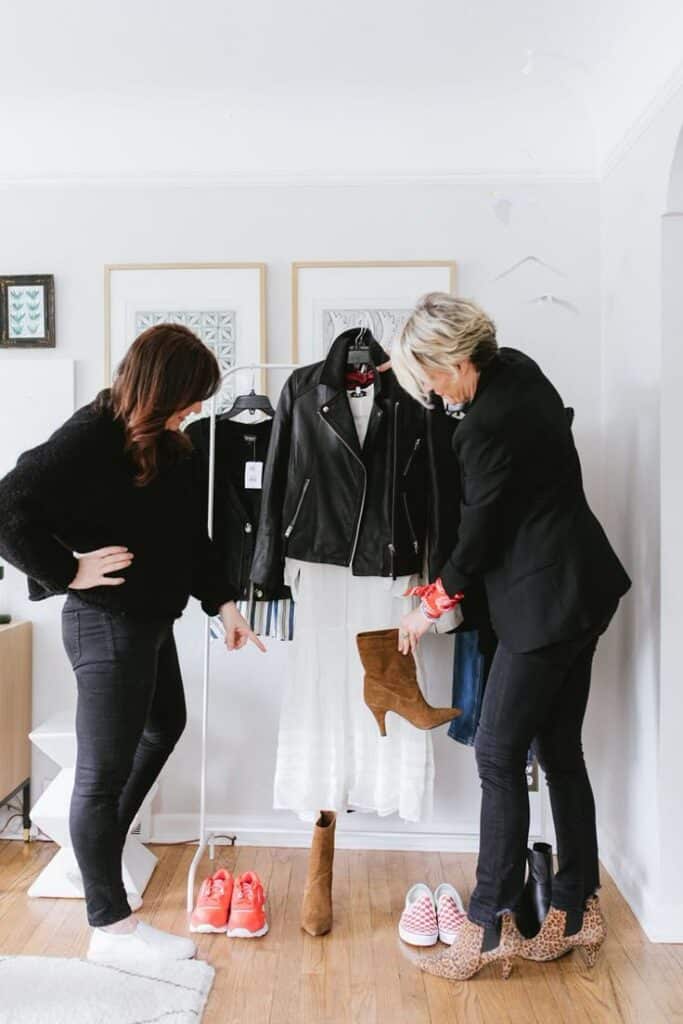
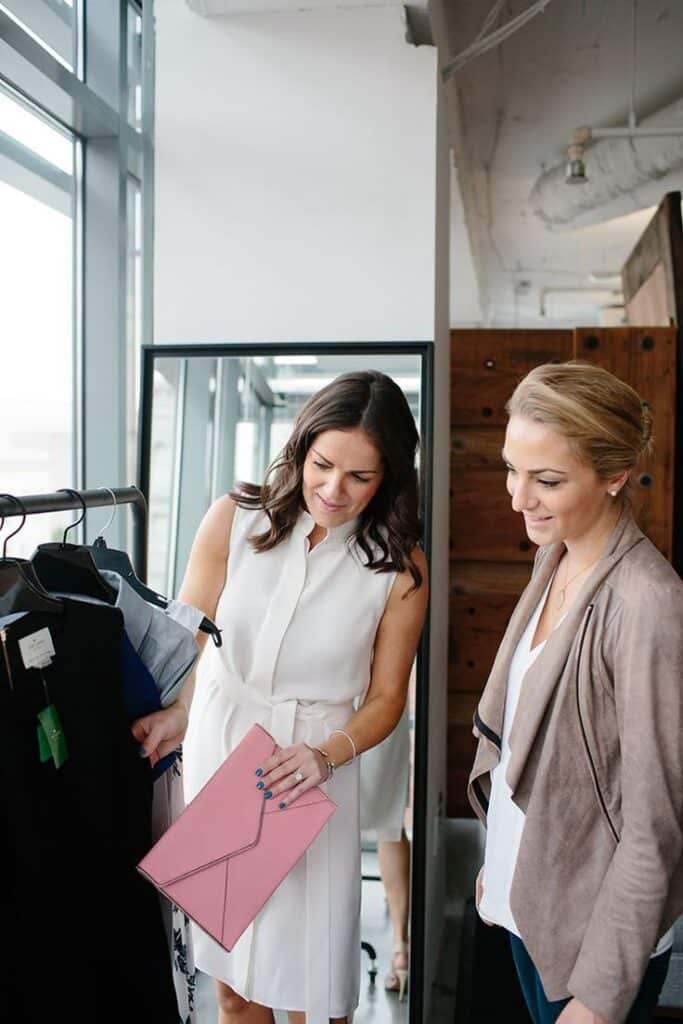
Freelance stylists work independently and take projects for different clients. They have flexibility in choosing jobs but must handle their own marketing, contracts, and taxes. Freelancers often work with models, photographers, and brands for photoshoots, advertising, or events.
In-house stylists work full-time for companies like fashion magazines, brands, or retail stores. They have a steady salary and benefits but less control over projects. Their work may include styling for campaigns, store windows, or editorial content.
Both types need strong communication skills and creativity. Freelancers must be good at managing time and clients, while in-house stylists focus more on company goals.
Specializations in Styling
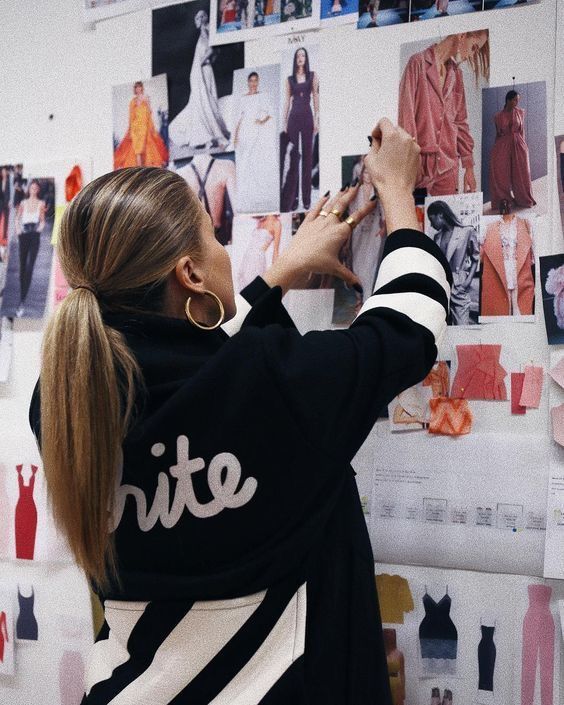

Stylists can specialize in several areas based on interest and opportunity. Common specializations include:
- Editorial styling: Creating looks for magazines and fashion shoots.
- Celebrity styling: Dressing public figures for events or media appearances.
- Commercial styling: Working on ads and catalogs for brands.
- Personal styling: Helping clients build wardrobes and choose outfits daily.
Each specialization requires a different approach. For example, celebrity stylists focus on trends and image management, while personal stylists emphasize individual needs and bodies.
Advancement Opportunities

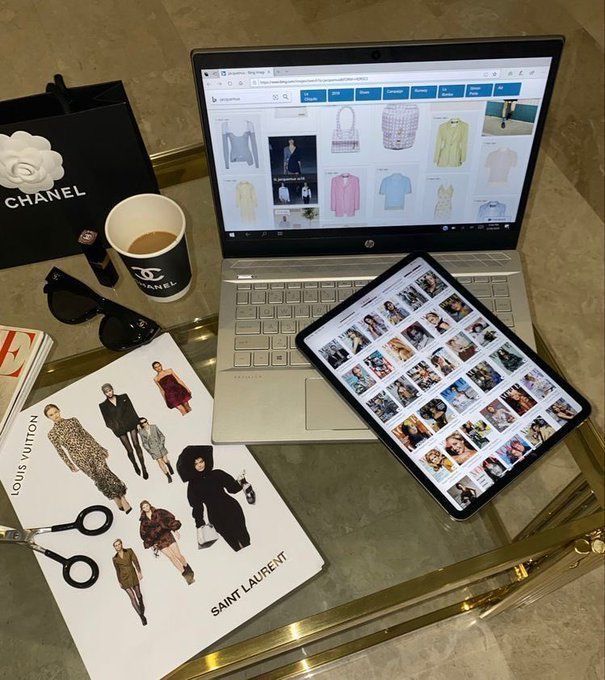
Stylists advance by gaining experience, building a reputation, and networking. Entry-level roles often include assistant stylist jobs that provide hands-on learning.
With time, stylists may lead larger projects, manage a team, or start their own styling business. Some move into related fields like fashion consulting, brand representation, or creative directing.
A strong portfolio and professional contacts help advancement. Continuing education in fashion trends and tools also supports career growth.
Day-to-Day Life of a Fashion Stylist
A fashion stylist’s daily work varies but usually involves choosing clothes and accessories that fit specific looks or themes. They often manage wardrobe needs and communicate with different people to get the right pieces.
Typical Tasks

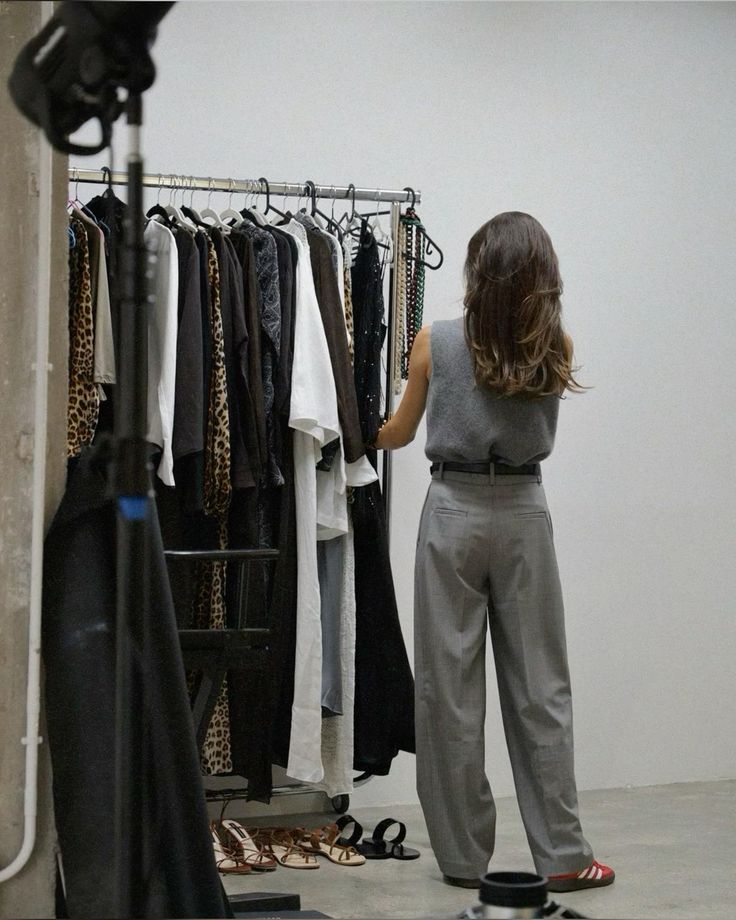
A fashion stylist spends much of their day picking outfits for photoshoots, events, or clients. They sort through clothing racks, try on items, and put together looks that match the project’s style and goals.
They also take care of organizing and maintaining wardrobes. This includes steaming, repairing, or returning rented clothes. On shoot days, they adjust outfits and fix small problems to keep the look fresh.
Paperwork like creating style boards and shopping lists is common. These help guide outfit choices and track spending. Time management is important because deadlines can be tight.
Collaboration with Other Professionals
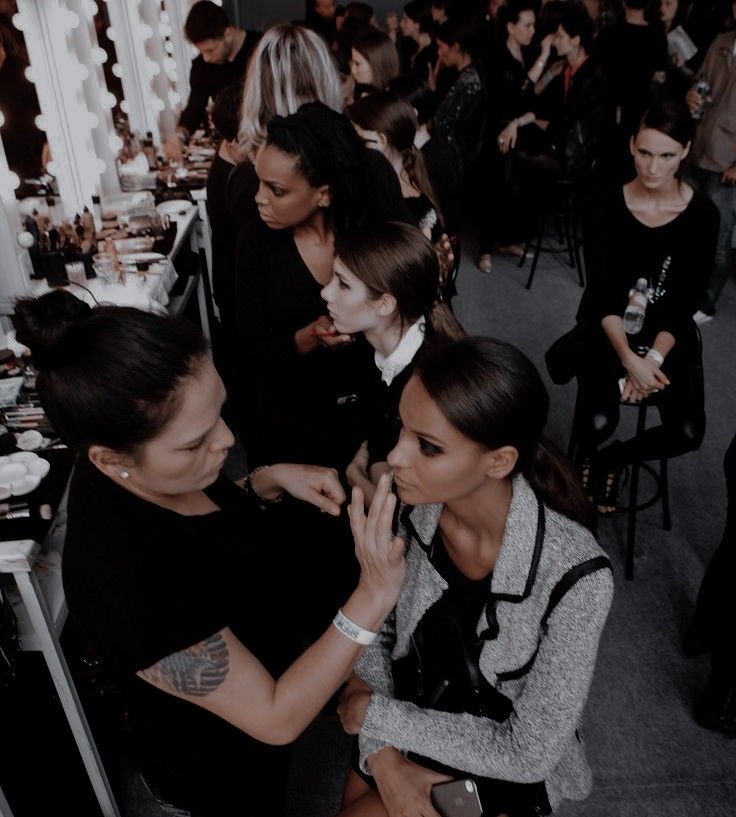

Fashion stylists work closely with photographers, designers, makeup artists, and clients. They listen to the creative vision and adjust looks to fit the overall plan.
Communication is key when coordinating with designers for single pieces or with makeup artists to ensure the style matches the face and hair. Stylists also discuss options with clients to make sure they feel confident.
During photoshoots or fashion shows, they support the whole team. Their quick decisions help keep the session running smoothly and on schedule.
Tools and Resources for Fashion Stylists
Fashion stylists rely on specific tools and resources to complete their work efficiently. They use physical kits to handle clothing and accessories. Digital platforms help organize and present ideas. Industry publications keep them updated on trends and new brands.
Styling Kits

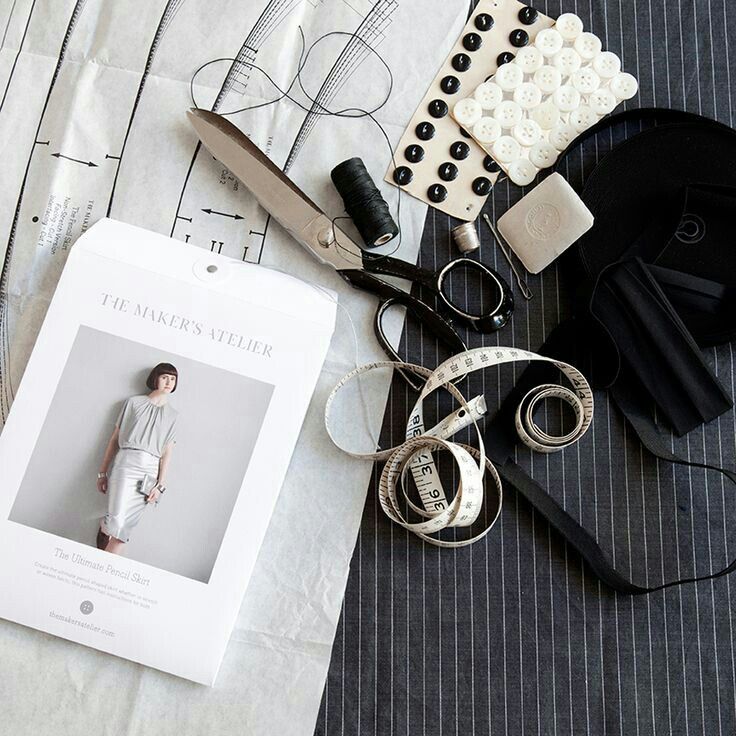
A styling kit is essential for every fashion stylist. It usually includes items like safety pins, scissors, fabric tape, and lint rollers. These tools help fix clothing issues quickly on set.
Other common items are cufflinks, belts, and accessories to change an outfit’s look. Stylists also carry a portable steamer to remove wrinkles. Good lighting and mirrors are important for checking outfits during shoots.
Having a well-stocked kit makes the stylist prepared for any situation. Keeping it organized saves time and reduces mistakes.
Digital Platforms
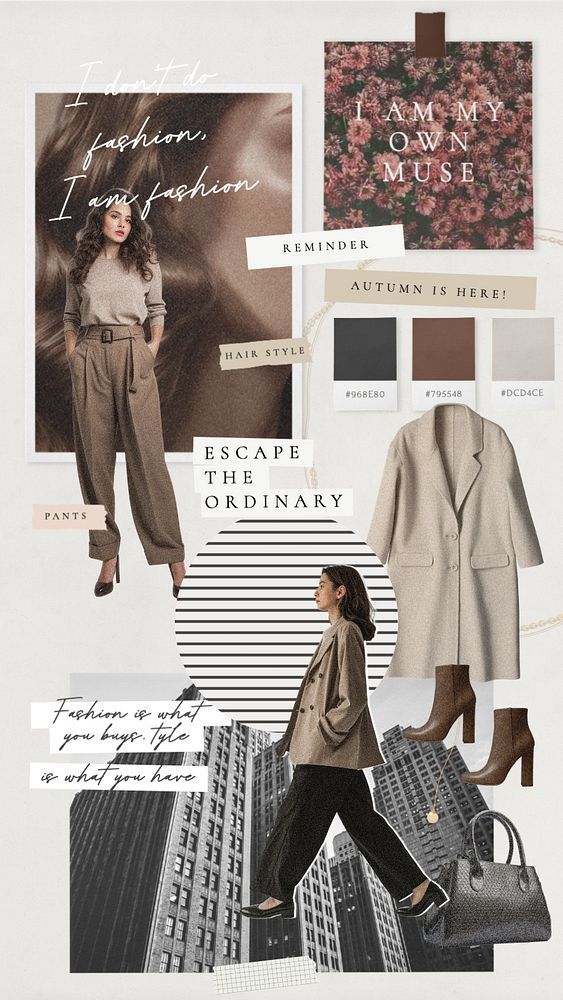
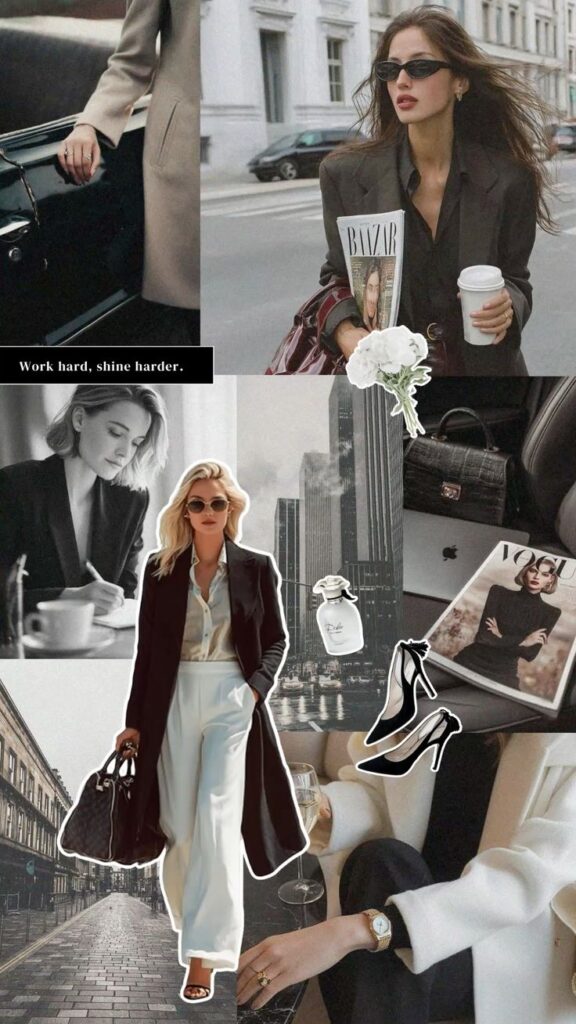
Fashion stylists use digital platforms to plan and share their work. Apps like Pinterest and Instagram help them collect inspiration and connect with clients. They can create mood boards to show ideas easily.
Software such as Adobe Photoshop or Lightroom allows them to edit images and prepare presentations. Scheduling tools keep track of appointments and deadlines.
Online shopping platforms let stylists browse clothing quickly and access new collections. These digital tools streamline communication and improve workflow.
Industry Publications
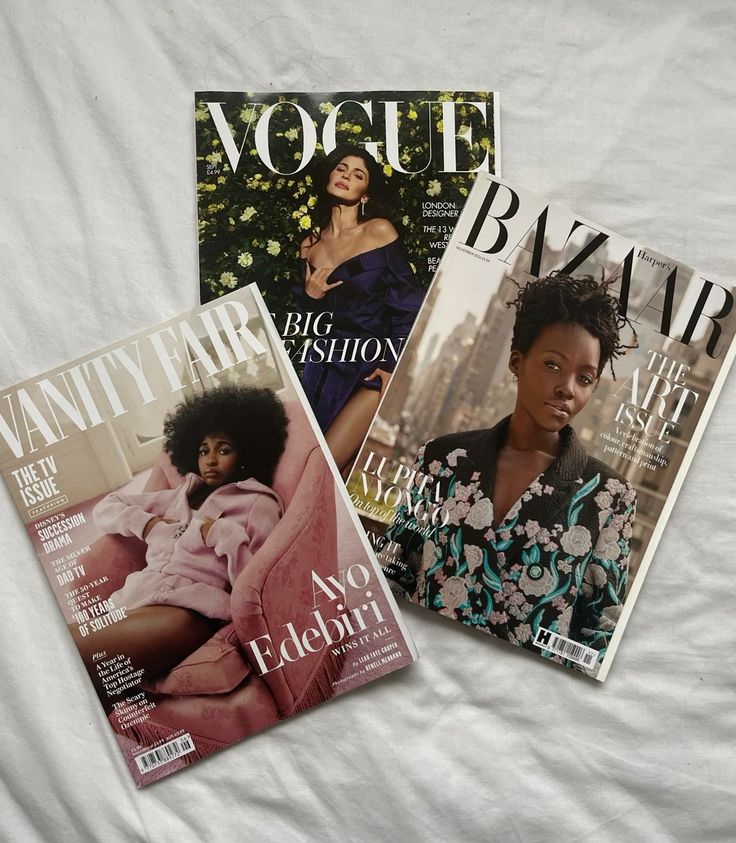

Staying informed is crucial in fashion. Stylists read magazines like Vogue, Harper’s Bazaar, and Elle to follow trends. These publications feature new designers, seasonal colors, and styling tips.
Trade journals offer insights into market shifts and upcoming fashion events. Newsletters from fashion websites provide daily updates.
By regularly consulting these sources, stylists maintain a strong knowledge base. This helps them advise clients with confidence and keep their work fresh.
Trends and Future Outlook
The fashion stylist career is changing fast due to new tools, values, and client needs. Stylists now use digital platforms, focus on eco-friendly choices, and meet higher expectations for personalized service.
Impact of Technology
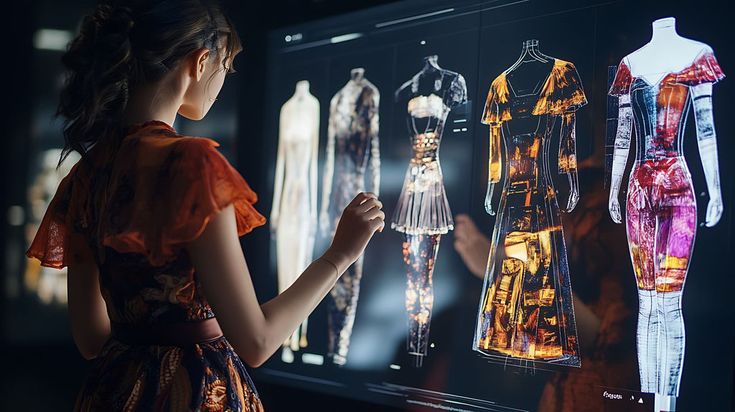
Technology has changed how stylists work. Many use virtual fitting rooms and 3D design software to plan outfits without meeting clients in person. This speeds up the process and reduces mistakes.
Social media is also very important. Stylists build their brand by sharing looks online, reaching a wider audience. AI tools help analyze fashion trends, making it easier to recommend current styles.
Online shopping has grown, so stylists often guide clients on ordering clothes that fit well and suit their style without trying them on first.
Sustainability in Styling
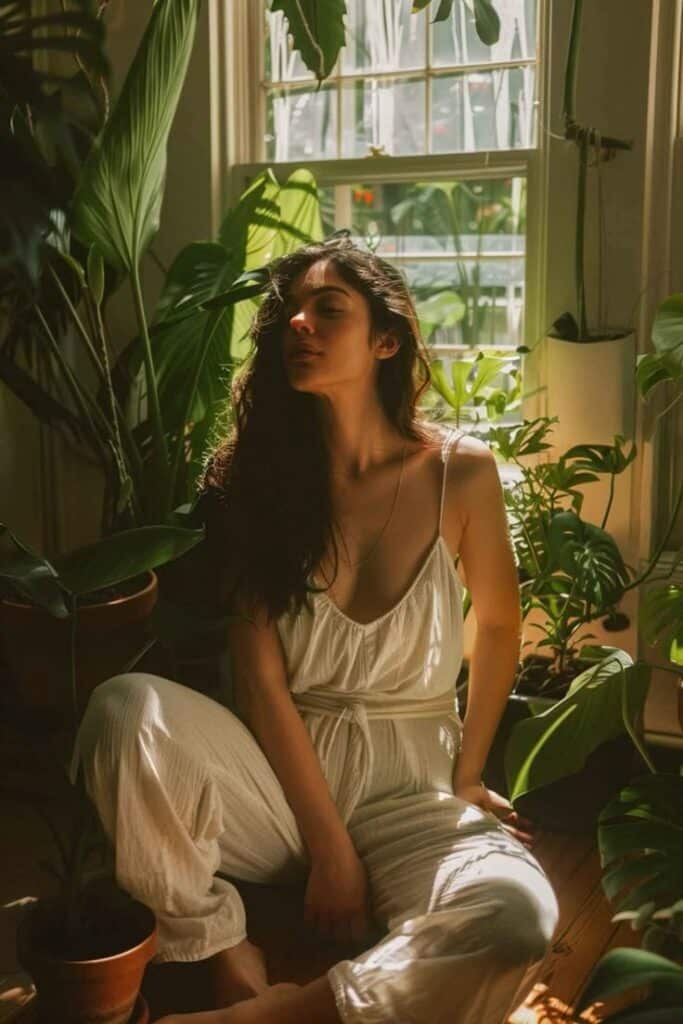
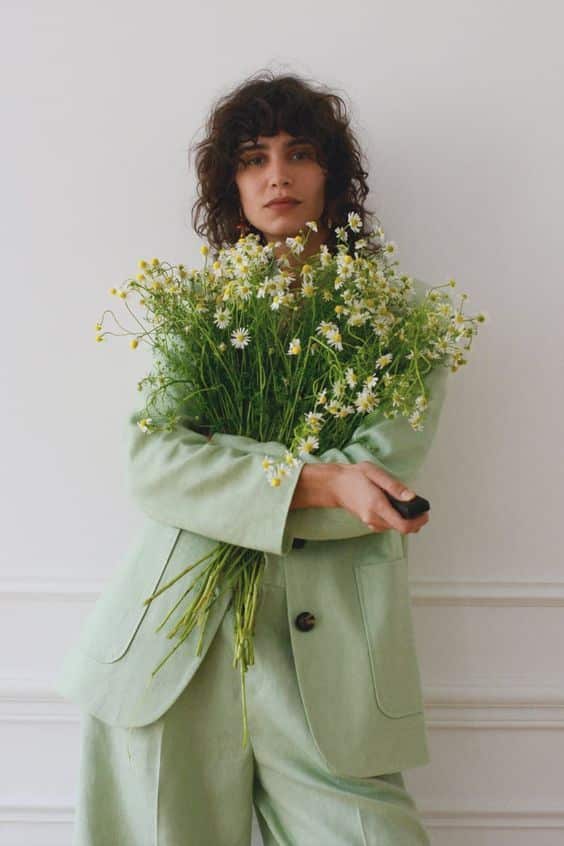
Sustainability is a big focus in fashion styling now. Clients want outfits that are eco-friendly and made from recycled materials or organic fabrics.
Stylists help by choosing brands that follow ethical practices. They also promote reusing clothes and mixing vintage items with new ones to reduce waste.
The demand for slow fashion means stylists spend more time on quality and longevity. They avoid fast fashion trends that last only one season, guiding clients toward responsible choices.
Evolving Client Expectations

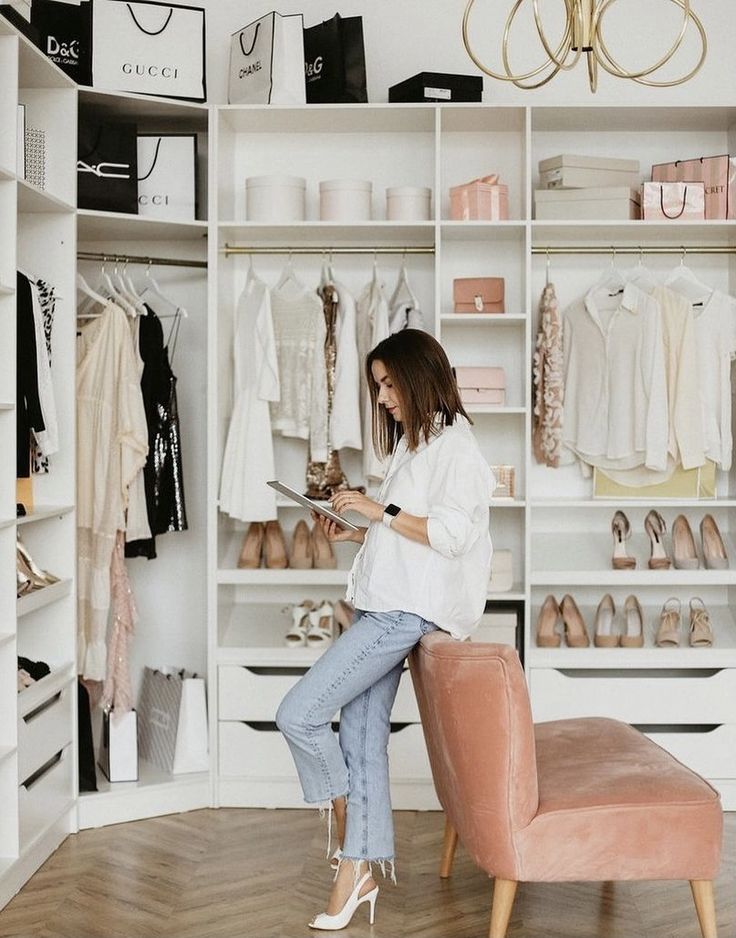
Clients expect more than just picking clothes. They want help expressing themselves through style and advice that fits their lifestyle and values.
Personalization is key. Stylists create looks that work for different body types, careers, and social settings. They must understand client preferences deeply.
Clients also want convenience. Many expect stylists to offer virtual consultations and fast styling solutions. Trust and clear communication have become essential in building strong client relationships.
Conclusion

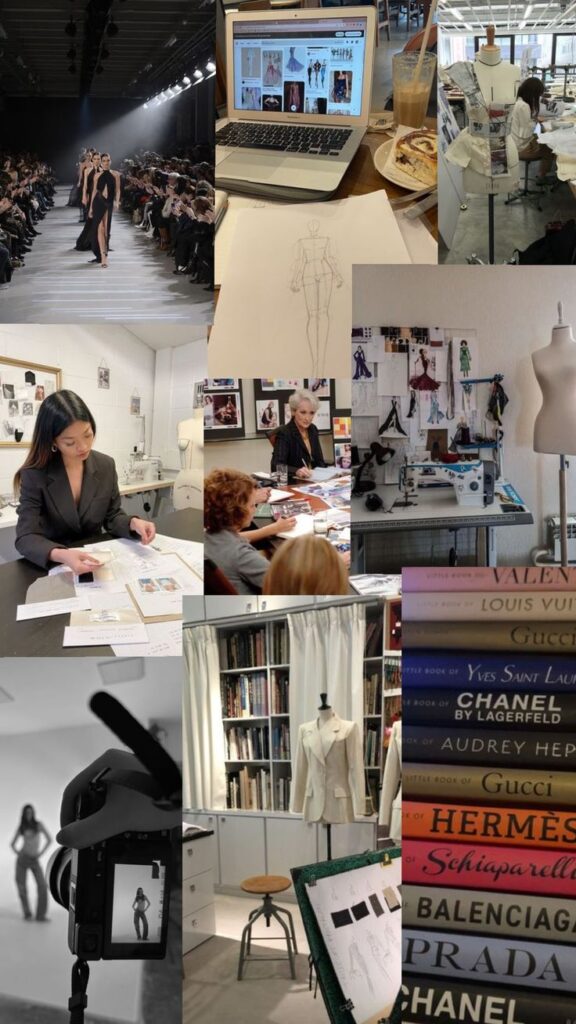
A fashion stylist career offers a mix of creativity and practical skills. They help people look their best by choosing clothes that fit the occasion and personality. It requires good taste and staying updated with trends.
Success in this field depends on building strong relationships. Stylists often work with clients, photographers, and designers. Communication and networking are important parts of the job.
Paths to becoming a stylist vary. Some learn through formal education, while others gain experience on the job. A strong portfolio and a clear personal style can open many doors.
The work can be fast-paced and sometimes stressful. However, it offers chances to work in many settings, from magazines to film sets or personal styling.
Key qualities for a stylist include:
- Creativity
- Attention to detail
- Good communication
- Flexibility
With the right skills and effort, a fashion stylist can build a rewarding and dynamic career.
- 0shares
- Facebook0
- Pinterest0
- Twitter0


